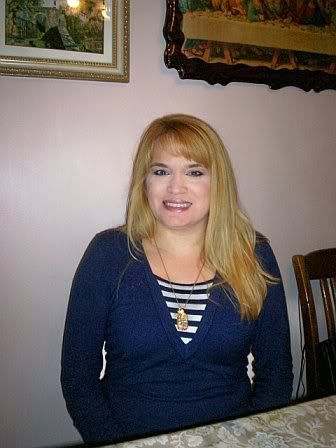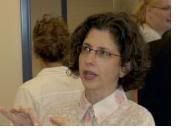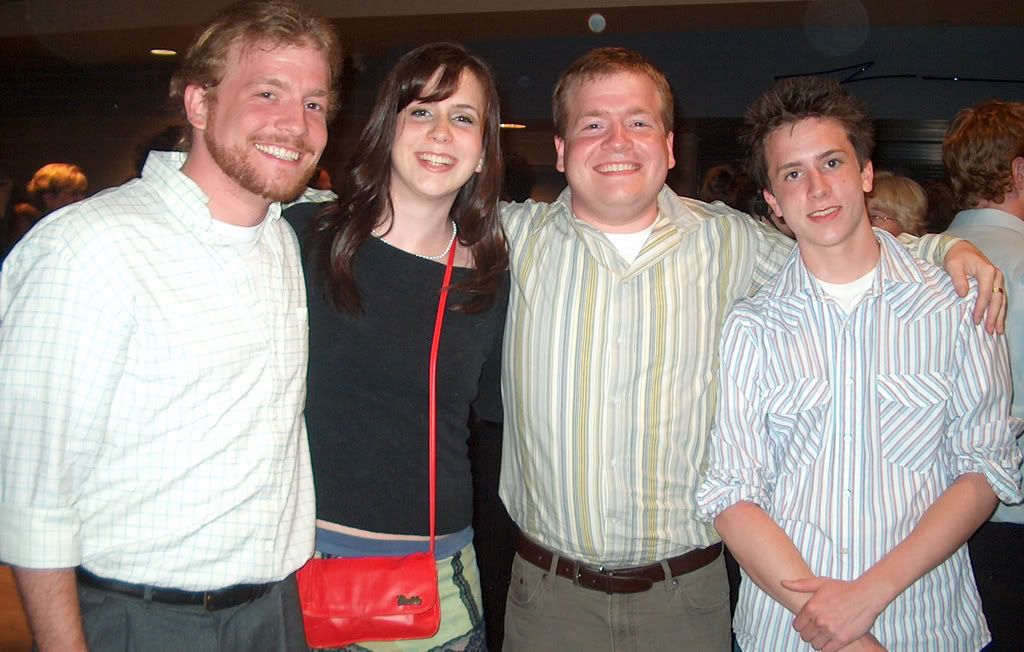Last night, I attended a fundraiser for Equip for Equality, a non-profit organization that provides legal assistance for people with disabilities. I attended as the guest of Patrick Hughes, owner of Inclusion Solutions who co-chaired the fundraiser. You may remember Patrick from this interview over at Diversity, Inc.: Patrick Hughes, President of Inclusion Solutions.
Before I met Patrick, I knew about Equip for Equality from my friend, Howard Rosenblum, a deaf attorney who has been with the organization since 2001. When Steak ‘n Shake denied me service in the drive-thru back in January, I asked Howard to work with me to try and change the way deaf and hard of hearing people are served in the drive-thru. We’re still working together to make changes in the drive-thrus at Steak ‘n Shake.
There’s another reason I attended the Equip for Equality fundraiser. Several years ago, when I first started up Illinois Hands & Voices, I received information about a family from Naperville who was struggling to obtain appropriate support services for their son. I met with the Abou Ezzi family and met their son Tony, who is hard of hearing. Tony was attending a local high school and had a difficult time accessing all of the communication that was going on in the classroom. Believe it or not, one of the accommodations suggested by the school was a swivel chair, so that Tony could swivel around and read his classmates lips.
I met with the family and suggested using CART (Communication Access Realtime Translation). Tony was a bit hesitant to try it. “Can you just try it for two weeks and if you don’t like it, we won’t bring it up again,” I asked him. He agreed.
I joined the family at the IEP meeting and after a lengthy discussion, the school agreed to try CART in the classroom. The very first day, Tony came home and told his mom that he had no idea he was missing so much discussion going on around him in the classes. Tony continuted to utilize CART services throughout high school and graduated with honors.
Tony became a huge advocate of CART, but found himself encountering resistance from the college he choose to attend after high school. That’s where Equip for Equality came in; they stepped up to bat and helped to make CART a reality for Tony’s college classes. Tony is now about to graduate and plans to attend law school to become an attorney.
This is why I continue to refer families to Equip for Equality.
Left to right:
Michael Abou Ezzi, Tony Abou Ezzi, Howard Rosenblum, Karen Putz and Betsy Abou Ezzi







 I can clearly remember the first time I met Dr. Carolyn Stern– I was filled with a million questions. “How do you listen through the stethoscope?” was one of the questions that I asked.
I can clearly remember the first time I met Dr. Carolyn Stern– I was filled with a million questions. “How do you listen through the stethoscope?” was one of the questions that I asked. 



